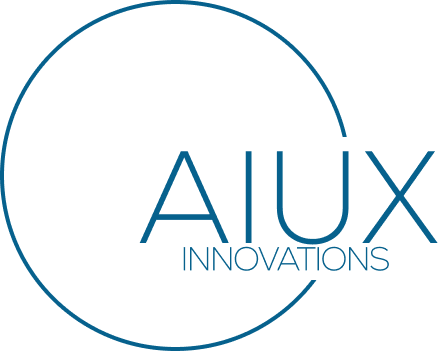Design used to be about freedom, how to make users feel limitless.
Now, it’s about restraint, how to set boundaries that protect them.
AI gives us the power to automate empathy, personalize experiences, and anticipate human behavior with uncanny precision. But the more we predict and persuade, the more we risk crossing the invisible line between help and harm.
Ethical UX is no longer optional. It’s the foundation of trust in a world where machines can act faster, think deeper, and influence more than we ever intended.
The New Design Responsibility
Traditional UX focused on usability and delight. Today, it must also consider accountability.
When an AI-driven system recommends a product, changes a price, or decides what a patient sees first in a healthcare app, that’s not design, it’s influence.
Ethical UX asks: Should we build it, not just can we.
It requires design leaders to treat interfaces as moral systems, ones that frame choice, shape thought, and define digital agency.
Defining Boundaries Before They’re Crossed
Boundaries are not barriers; they’re guardrails.
They protect users from unintended consequences and designers from unintended manipulation.
Clear ethical boundaries might include:
- Transparency: Always show users what’s being automated or predicted.
- Choice: Give users control over personalization and data use.
- Equity: Ensure algorithms don’t privilege one group’s convenience over another’s access.
- Explainability: Make AI’s “why” visible in plain language.
These boundaries don’t limit creativity, they focus it.
The Hidden Bias in Design
Every dataset has a fingerprint of the past. Every interface carries the bias of its maker.
When designers feed biased data into machine learning models, the product begins to echo inequality at scale.
Ethical UX means confronting that mirror. It means auditing algorithms as carefully as we test accessibility. It means questioning defaults, from color palettes to predictive copy, that might reinforce exclusion.
We can’t remove bias entirely, but we can design systems aware of their own flaws—and that awareness is the start of ethics.
Designing for Trust, Not Conversion
Ethical UX shifts the success metric. It’s no longer about engagement, it’s about integrity.
The best-designed experience might not be the one that captures attention, but the one that earns belief.
Trust is built through honesty in interface language, restraint in personalization, and transparency in automation.
AI can learn preferences, but only people can teach it principles.
Boundaries as a Design Feature
Ethical UX is not a slowdown; it’s a safeguard. It ensures that as design gets smarter, it also stays human.
The next great design innovation won’t be an app or an interface, it will be a framework for conscience. The real question for UX leaders isn’t how far we can push AI. It’s how far we’re willing to go without losing the people we’re designing for.
